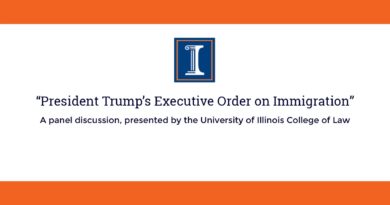If the Number of H-2B Visas Has Fallen, Why Has the H-2B Ceiling Been Met?
I recently wrote that apparently because of the massive influx of alien workers at the border, the number of visas for H-2B (non-ag, non-skilled) workers had fallen by 51 percent when the summers of 2022 and 2023 were compared.
A skeptic replied that the numerical ceiling for program year 2023, some 66,000 slots, had been met, implying that there was a labor shortage. Was the DHS statistical system (dealing with applications) in conflict with State Department data on visas issued for the program?
No. It turns out that both sets of numbers are correct, they simply measure different things, and show up at different stages of the process; further, one measure is closer to reality than the other.
If an H-2B employer files for too few workers in an early stage of the process, he risks getting too few of them; if at the ceiling-determination phase, many months before the labor need, he overstates his need there is no penalty of any kind.
On the other hand, at the visa issuance phase, a completely different set of considerations come into play. If the employer causes more visas to be issued than he needs he pays more visa fees and more travel costs than necessary. The employer is highly unlikely to overstate his needs at this point in the process.
Perhaps a baseball analogy might be helpful here. Let’s say the Yankees are playing Boston. The Yankees, to use a non-significant but real number, get 12 players to first base, while Boston only manages to place six of them there. But the crucial measure relates to the number of players that reach home base, and, in this imaginary game, Boston has four and the Yankees have two.
The number of visas issued (home base) in the H-2B game is more significant than the number of early-on applications (first base) sought by the employers.
Come to think about it, there is a parallel between the number of H-2B applications filed and visas issued to the number of H-1B slots actually used compared to H-1B lottery winners, with something like 50 percent of the H-1B awards not being used, causing additional lotteries in the latter program; for more on the H-1B shortfall see here.
As the fall progresses, the downward trend we noted in our previous posting, the drop from 2022 to 2023, may be slowing; when comparing the visa issuances in June-August 2022 to the same months in the following year, we saw a 51 percent reduction. When comparing September 2022 to September 2023, we see a decline of 17 percent.





